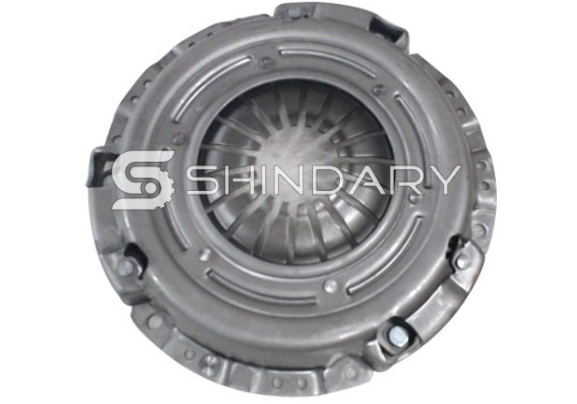Your Position: Home - Other Auto Parts - Can you still drive with a worn clutch?
Driving with a worn clutch is possible, but it's not recommended, and it can lead to further damage to your vehicle if not addressed promptly. To understand whether you can continue driving with a worn clutch, it's essential to recognize the signs of clutch wear, understand how a clutch works, and weigh the potential risks and consequences.
Firstly, let's discuss the signs of a worn clutch:
Slipping: One of the most common signs of a worn car clutch is slipping. You may notice that the engine revs increase without a corresponding increase in vehicle speed when accelerating. This occurs because the clutch disc, which connects the engine to the transmission, is no longer gripping the flywheel and pressure plate effectively.
Difficulty Shifting Gears: Another indicator of a worn clutch is difficulty shifting gears. You may experience grinding or resistance when trying to shift, particularly when shifting into higher gears. This happens because the worn clutch components make it challenging to disengage the engine from the transmission smoothly.
Burning Smell: A burning smell, reminiscent of burnt toast or a hot, acrid odor, can also indicate clutch wear. This smell is often caused by excessive friction between the clutch components due to slipping or incomplete disengagement.

Clutch Pedal Feel: A worn clutch system may also manifest through changes in the clutch pedal feel. You might notice that the clutch pedal feels spongy, soft, or has excessive play, indicating worn-out clutch components or hydraulic issues.
Now, let's explore whether it's safe to continue driving with a worn clutch:
Safety Concerns: Driving with a worn clutch can compromise safety, especially if the clutch slips unexpectedly while accelerating or climbing uphill. This can lead to loss of control and accidents, particularly in high-traffic or hazardous driving conditions.
Damage to Other Components: Continuing to drive with a worn clutch can cause damage to other drivetrain components, such as the flywheel, pressure plate, and transmission synchronizers. This can result in costly repairs or even require a full transmission replacement.
Stranded on the Road: In severe cases of clutch failure, you may find yourself stranded on the side of the road, unable to shift gears or move the vehicle. This inconvenience can be avoided by addressing clutch wear proactively.
Despite these risks, there are instances where driving with a worn clutch may be unavoidable:
Limited Driving: If you need to drive a short distance to reach a repair facility or your destination, driving with a worn clutch may be a temporary solution. However, it's crucial to exercise caution and minimize stress on the clutch to prevent further damage.
Emergency Situations: In emergency situations where immediate repair or replacement is not feasible, such as being stranded in a remote area, driving with a worn clutch may be necessary to reach help or safety. Again, it's essential to drive cautiously and avoid situations that could exacerbate clutch wear.
In conclusion, while it is possible to drive with a worn clutch in certain circumstances, it's not recommended due to safety concerns and the risk of further damage to your vehicle. If you suspect that your clutch is worn or experiencing issues, it's best to have it inspected by a qualified mechanic as soon as possible. Addressing clutch wear promptly can help prevent accidents, costly repairs, and inconvenient breakdowns on the road.
259
0
0
Comments
All Comments (0)